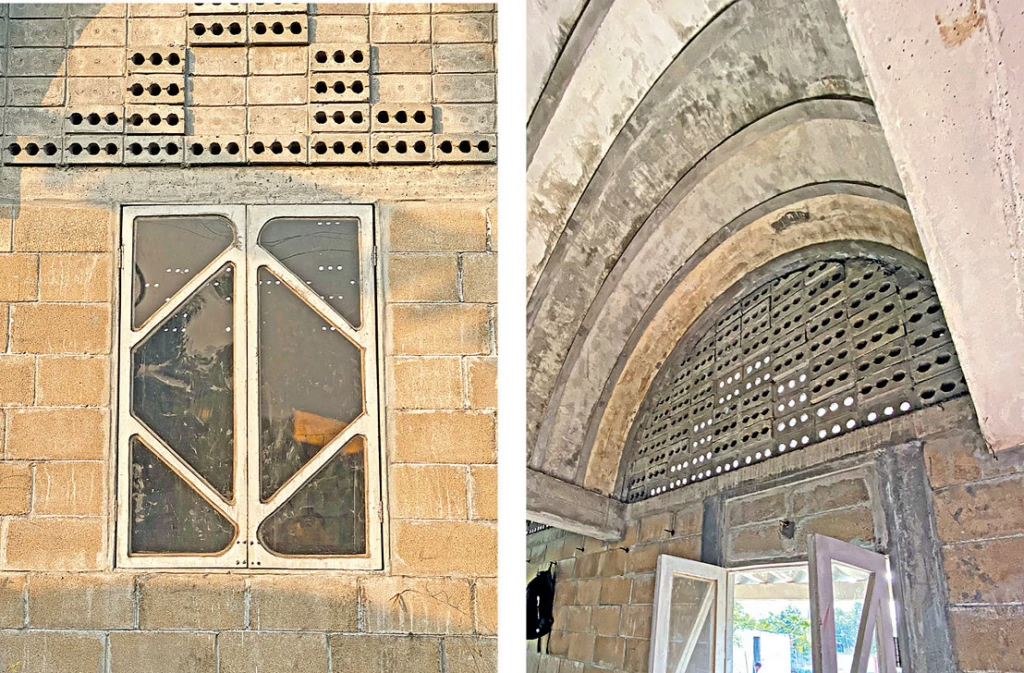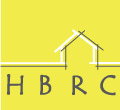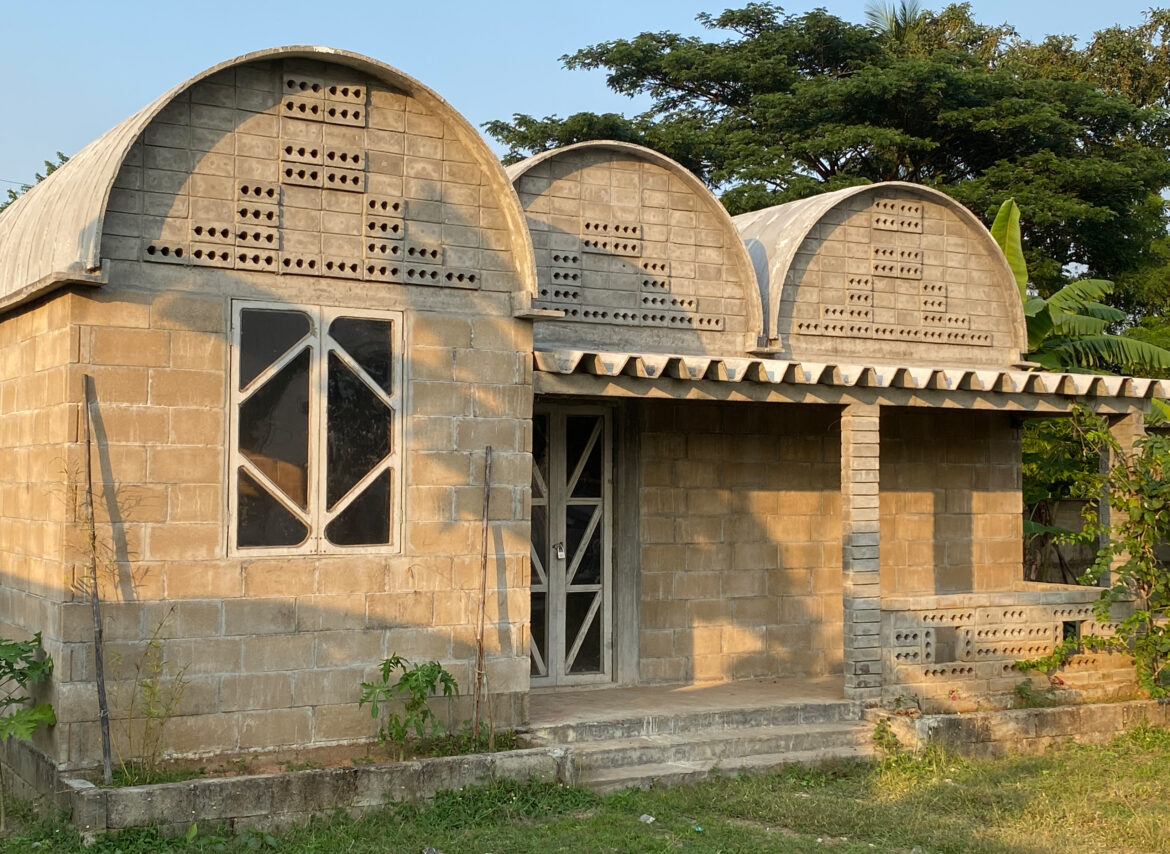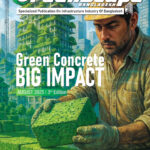Click Here for Media Coverage link
HBRC’s key projects, including the Northeastern Flood Recovery Project (UNDP-HBRC), portable housing for Rohingya refugee camps in Cox’s Bazar, and energy-efficient rural model houses, address climate-induced displacement, housing shortages, and inadequate living conditions. These initiatives focus on sustainability, affordability, and resilience, ensuring long-term benefits for vulnerable communities.
To enhance impact, HBRC collaborates with government agencies, NGOs, and local communities. Its capacity-building programmes train local artisans, fostering economic growth and ensuring high-quality construction. Post-construction assessments evaluate shelter performance and integrate community feedback for ongoing improvements. HBRC’s innovations have reduced construction time by two to five times compared to traditional methods, making rapid housing deployment possible in disaster-stricken areas.

HBRC’s housing models rely on locally sourced sand instead of imported stone, minimising environmental impact while improving river navigation. These homes reduce GHG emissions, maintain indoor temperatures 3–8°C lower than conventional homes, and improve indoor air quality. Additionally, they are cost-effective and last three to four times longer than traditional structures.
Looking ahead, HBRC plans to expand its climate-resilient housing to other disaster-prone areas, integrate renewable energy and rainwater harvesting, and collaborate with policymakers to incorporate ferrocement housing into national disaster management strategies while scaling up training programmes for a skilled construction workforce.
”Bangladesh faces severe environmental challenges from agricultural land loss, deforestation, and greenhouse gas emissions, endangering food security and sustainability. The HBRC tackles these issues by developing eco-friendly, durable, and energy-efficient housing technologies. Its innovations, implemented in over ten projects, have earned five awards, including three international ones. Traditional clay-burned bricks worsen deforestation, air pollution, and farmland depletion. HBRC promotes Ferrocement and energy-efficient blocks as cost-effective, durable, and sustainable alternatives. Its climate-resilient housing models enhance comfort, air quality, and affordability, fostering a greener future.”








